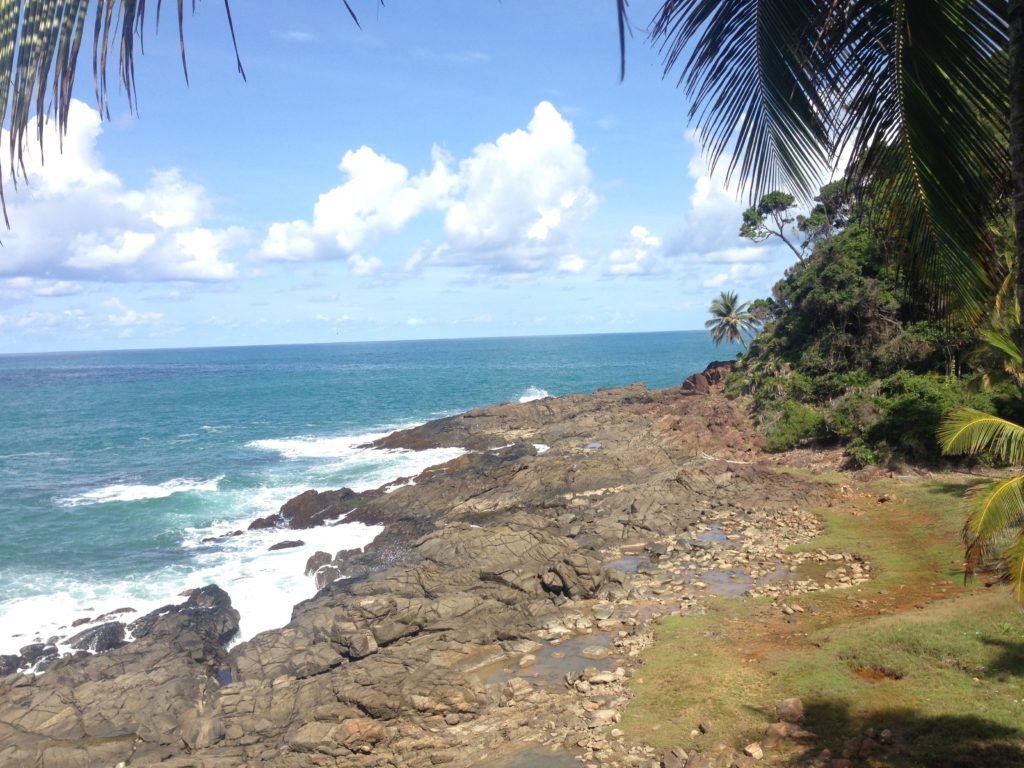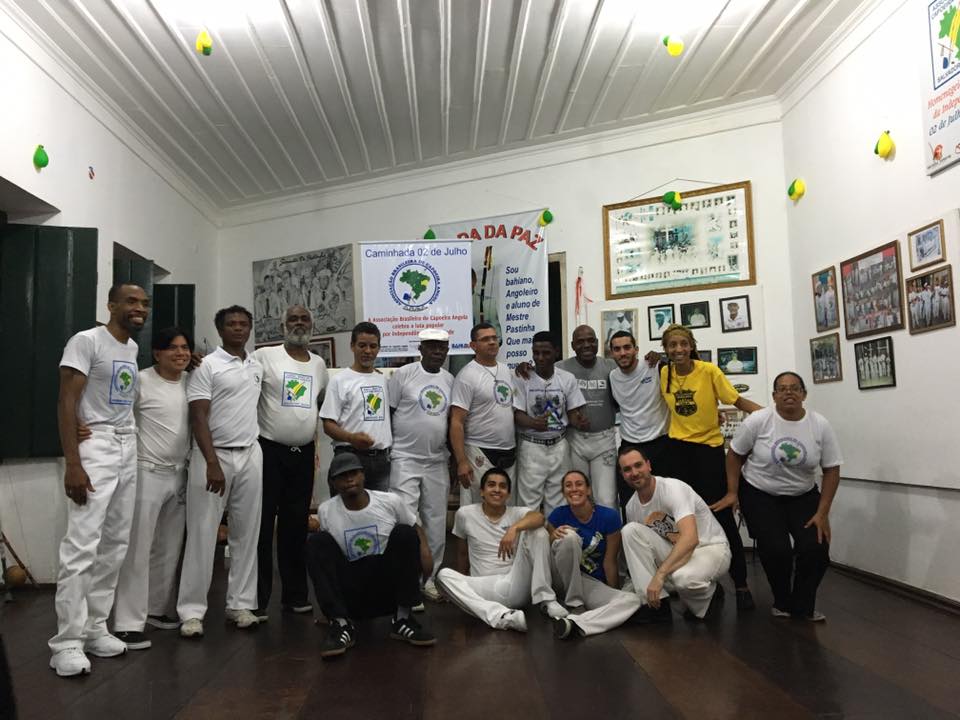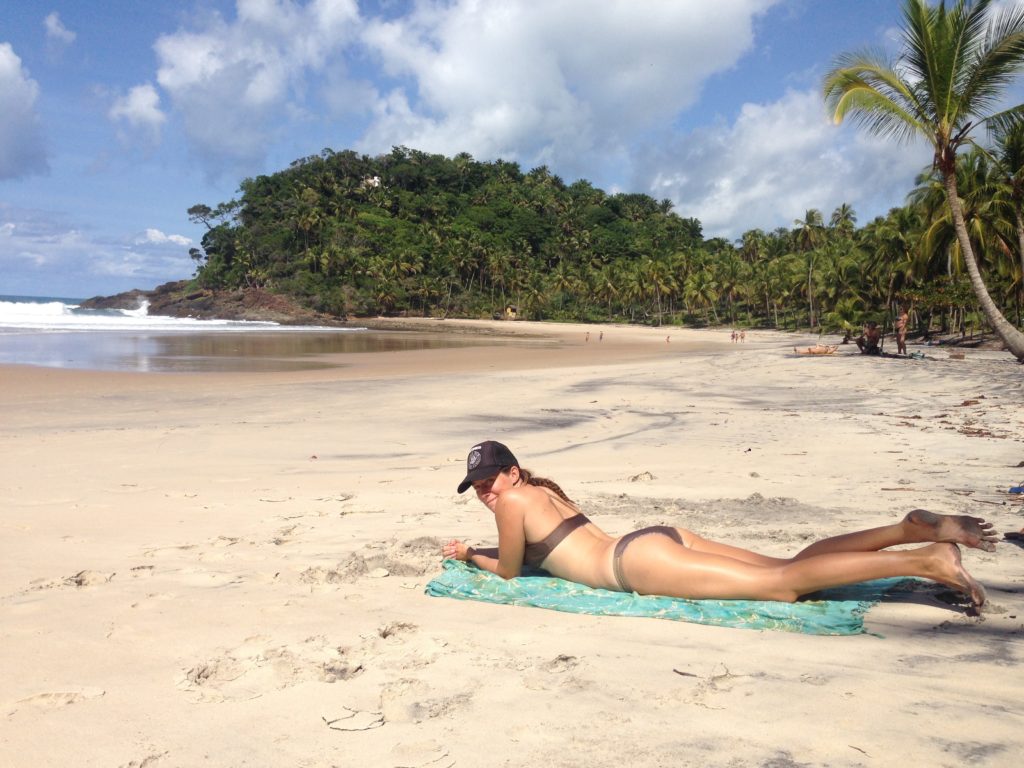
This summer I finally visited a place I’ve been dreaming of going to since I was a kid. Brazil is the birth place of Capoeira, a Brazilian martial art created by African slaves who were brought to Brazil by the Portuguese during the slave trade. Because most of the slave ships initially landed in the port of Salvador, Bahia, it is the city with the largest population of Africans outside of Africa and is the home of Capoeira.
Capoeira is a multi faceted sport. It involves rituals, music, gymnastics and dance. All Capoeiristas are expected to be an engaged part of the community and sing in Portuguese during the “rodas”, or games. Capoeira does not look like a martial art at first glance because the slaves were not allowed to practice any form of combat, and so disguised the fight in dance. Many slaves used Capoeira to escape captivity, and they formed communities in the jungle called, “Quilombos”. As time went on it was eventually outlawed and was associated with the lower class African people from the favelas. It wasn’t until the late 1930’s/ early 1940’s that a Mestre, Mestre Bimba, convinced the Brazilian government there was cultural and historical value in the art form and the ban was lifted.
Today Capoeira has spread globally and you can find classes all over the world. I found a class when I was 11 and living in Ashland, Oregon through my dance teacher who was also a Capoeirista. I fell in love with getting to sing, the unique movement vocabulary and the game. This summer was the first time I actually got to see it in it’s birth place. I visited many historically important spots and went to several schools with my Mestre, who is from Salvador but has lived in Los Angeles for over 30 years. What I was most struck by was just how hard and dark life was there in the past, and in many ways still is for Afro Brazilians. Their history is still very much remembered and relevant to their modern day life. Africans are still the lowest class in Brazil and are looked down upon by white Brazilians. But the tools they have used to cope with their challenges are music, dance and religion, all of which are vibrantly alive on the streets at any given moment. You can’t walk a block without encountering live music, capoeira or dance. They use it as an escape and expression. It’s absolutely beautiful.

And, of course I had to get some waves as well. And though the surf wasn’t as good as in Central America, I had some fun days at an adorable little surf town called Imbassai, just an hour or so North of Salvador. This little town had a river running parallel to the beach where we could jump in after surfing to rinse off the salt water. So wonderful!

Next stop… Indonesia! I’ll let you know how it goes! Then back to Central America for the Nicaragua retreat season with SWA. See you there soon Amigas!


